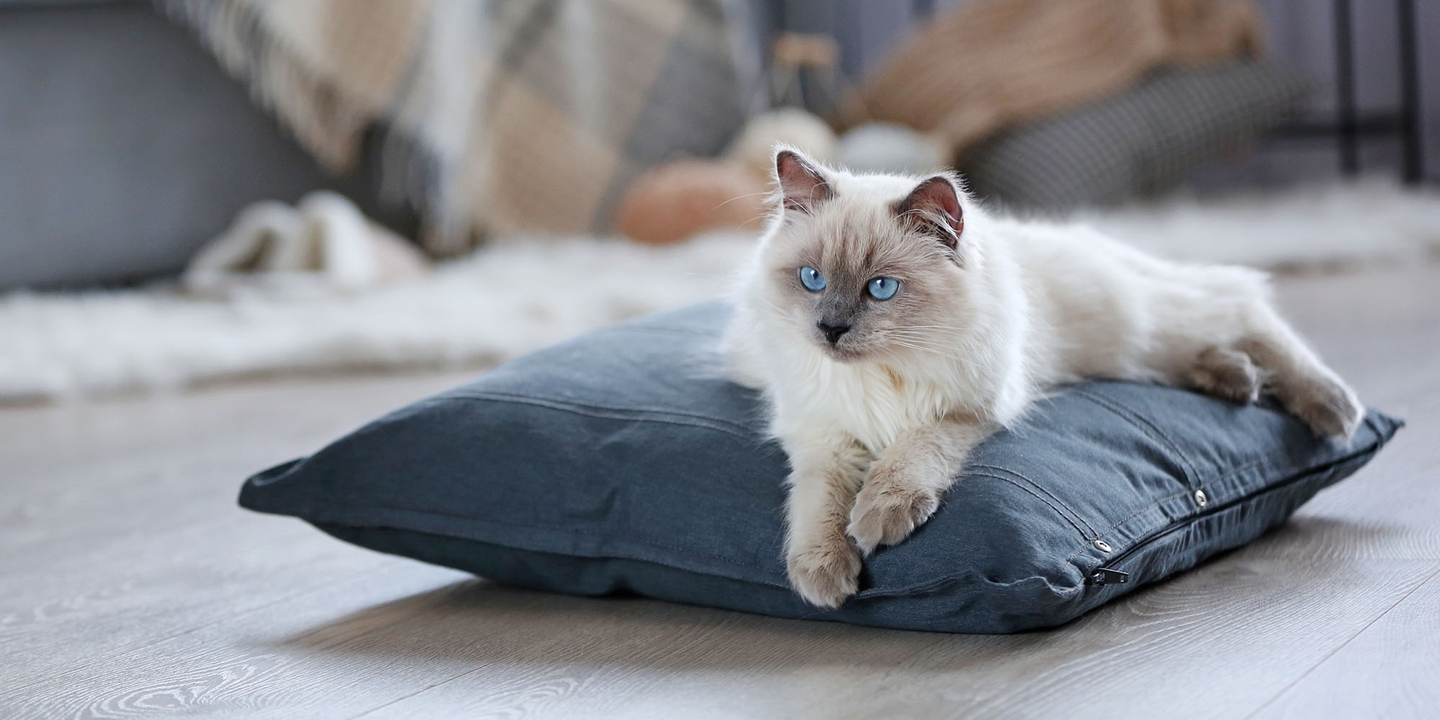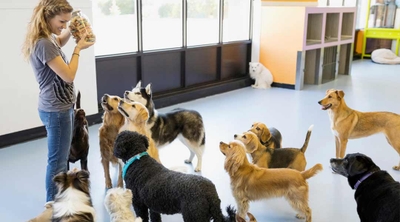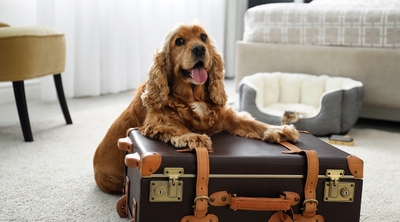How to leave the best pet sitter instructions
3 min read
When preparing for your dog or cat’s first day with a new pet sitter, it helps to have thorough instructions for a pet sitter. But first, do your research when hiring a pet sitter, make a list of questions to ask the pet sitter and check their references. Once you’ve found a qualified sitter, the next step is to review your pet’s schedule and create a pet-sitting checklist of your dog or cat’s needs and preferences.
We got some advice on the topic from Meg Marrs, a professional dog trainer, animal shelter volunteer, and founder of K9 of Mine, a website that provides tips and resources on dog care. Marrs has some simple steps to ensure you, your pet, and the sitter are all as prepared as possible.
Tips for writing pet sitter instructions
Leave a written schedule of your pet’s routine
Marrs says one of the most helpful instructions for a dog sitter is a written schedule of your dog’s daily routine. Following a regular schedule can help a dog feel safe and secure, particularly when spending the day with someone new. Depending on your dog’s personality, they may feel anxious if thrown off their normal rhythm. Instructions for your pet sitter should include: when your dog wakes up, their mealtimes, their walk times, and if they take medication at a specific time of day.
Provide emergency contact information
In addition to your contact details, when leaving your pet sitter instructions, leave your regular vet’s phone number, the closest emergency vet’s information, and the number of a local friend or family member if the sitter can’t reach you. If you have pet insurance for your pet, leave a copy of the insurance details with the pet sitter in case it’s needed.
Stock up on your pet’s favorites
Provide the pet sitter instructions and items that can make the day easier for your sitter and more enjoyable for your pet. These can include favorite treats and a variety of toys. For dogs, Marrs suggests leaving a couple of activities, such as a frozen Kong, a Lickimat, or even some DIY cardboard toilet paper rolls stuffed with kibble, a fun shredding activity for dogs. Some frozen, lickable snacks can also be an enriching sensory activity that helps your dog stay calm.
Note your pet’s unique quirks or preferences
Every pet has a unique personality, and it’s best to be honest about your pet’s behavior and temperament. A dog’s little quirks or habits can be helpful for the sitter to know. For example, are there certain noises that set your dog off? Do they get especially defensive with certain toys? Will your pup snap if the sitter tries to pick up their food dish?
These are minor details we get used to as dog owners, and you may not feel the need to tell the sitter. But, as Marrs says, knowledge is power! The pet sitter needs to know what kind of pet-sitting situation they’re walking into, and it’s always better to provide too much information than not enough.
Other considerations for pet sitter instructions
Prepare your pet for the sitter
A bath is never a bad idea, says Marrs. She also recommends brushing up on basic cues — sit, down, and drop-it — that may come in handy when your dog is with the sitter.
Review your pet sitter’s notes each day
At the end of your pet’s first day with the sitter, Marrs suggests reviewing the pet sitter’s notes and discussing how everything went. Your sitter may also have a few questions after spending the day together to help prepare for future pet-sitting sessions. Remember, it’s normal to be nervous the first time you leave your pet with a sitter, particularly if you’re helping a dog adjust to you returning to work after working at home full-time. If it reassures you, ask your pet sitter to send a couple of texts or photos throughout the day to update you on how your pet is doing.




